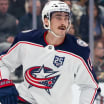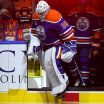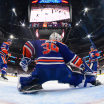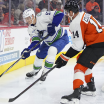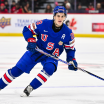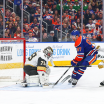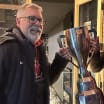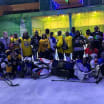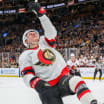The 2023 Upper Deck NHL Draft will be held June 28-29 at Bridgestone Arena in Nashville. The first round will be June 28 (7 p.m. ET; ESPN, SN, TVAS) and rounds 2-7 are June 29 (11 a.m. ET; NHLN, SN, TVAS). NHL.com is counting down to the draft with in-depth profiles on top prospects, podcasts and other features. Today, a look at center Leo Carlsson of Orebro in the Swedish Hockey League. NHL.com's full draft coverage can be found here.
Carlsson impresses with versatility ahead of 2023 NHL Draft
Top-ranked International skater plays wing, center, models game after Backstrom, Forsberg
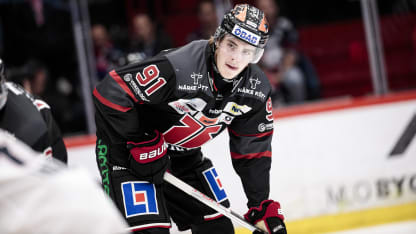
© Örebro Hockey
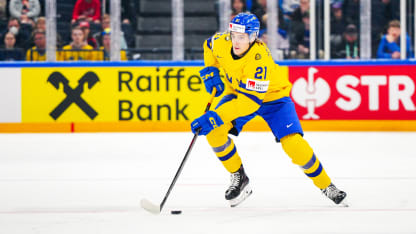
© DeFodi Images/Getty Images

